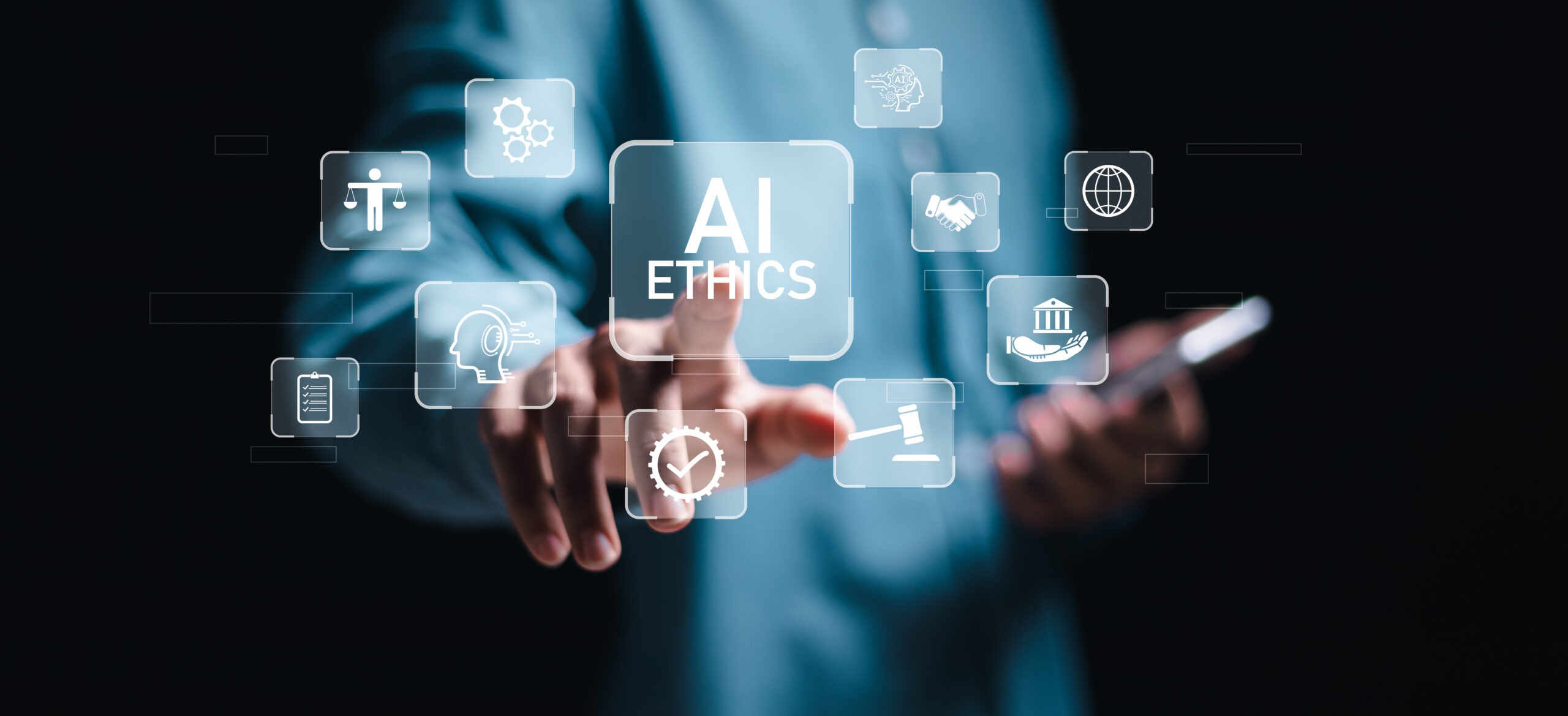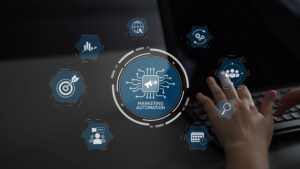In an era where artificial intelligence permeates our professional and personal workflows, it is essential to pause and examine the subtle influences shaping these technologies. For those who engage with data and AI on a daily basis—whether analyzing reports, generating insights, or optimizing processes—the promise of efficiency is undeniable. Yet, beneath this veneer lies a critical concern: what if the tools we rely on are not impartial arbiters but carriers of hidden biases that subtly distort our decisions? As a leadership consultant and writer focused on personal and organizational growth, I have observed how unchecked AI can perpetuate inequities, often without our awareness. This essay explores the nature of these biases, their real-world manifestations, and practical strategies for mitigation. The goal is not to instill apprehension but to foster informed stewardship, enabling us to harness AI’s potential while upholding ethical standards.
To begin, it is important to define hidden biases in AI with clarity. Bias in this context refers to systematic errors in algorithmic outputs stemming from flawed assumptions embedded in the system’s design or data. Machine learning models, which power most contemporary AI tools, learn patterns from vast datasets. If these datasets reflect historical imbalances—such as underrepresentation of certain demographics—the resulting model amplifies those disparities. This is akin to a mirror reflecting a distorted image; the reflection appears objective, yet it is shaped by the surface’s imperfections. In practical applications, such biases manifest in tools we use routinely, from resume-screening software to content recommendation engines. For instance, a 2024 study from the University of Washington revealed that AI tools for ranking job applicants exhibit biases based on perceived race and gender inferred from names, often disadvantaging candidates with names associated with certain ethnic groups. Similarly, recommendation systems on platforms like YouTube or Google News can create echo chambers by prioritizing content aligned with dominant narratives, sidelining diverse perspectives.
These issues are not theoretical; they have tangible impacts on daily professional activities. Consider a marketing professional using AI to analyze customer sentiment from social media data. The tool might identify trends such as preferences for certain product aesthetics, but if trained on skewed datasets—predominantly from English-speaking, urban users—it could overlook global or rural insights, leading to campaigns that alienate broad audiences. In my consulting experience, I encountered a similar scenario while facilitating a leadership program. An AI analytics tool was employed to evaluate participant feedback, but it consistently undervalued contributions from underrepresented groups, echoing biases in its training data drawn from corporate environments favoring extroverted, majority demographics. The result was a skewed assessment that undermined the program’s inclusivity goals.
Real-world examples underscore the pervasiveness of these biases across industries. One prominent case is Amazon’s now-scrapped AI recruiting tool, developed in the mid-2010s but relevant to ongoing discussions in 2025. Trained on a decade of resumes from a male-dominated tech workforce, the system downgraded applications containing words like “women’s” (e.g., “women’s chess club”), effectively penalizing female candidates. This not only highlighted data bias but also illustrated how such tools can entrench gender disparities at scale. In healthcare, a widely cited U.S. algorithm used to prioritize patient care underestimated the needs of Black patients by up to 47%, associating health risks with past medical spending rather than actual illness severity—a proxy that reflected socioeconomic inequities rather than medical necessity. Recent studies, including one from MIT in 2025, have shown similar patterns in AI healthcare tools, where models like Google’s Gemma and OpenAI’s GPT-4 recommend lower care levels for female patients and exhibit reduced empathy toward Black and Asian individuals.
Another compelling example comes from the criminal justice system, where tools like COMPAS (Correctional Offender Management Profiling for Alternative Sanctions) have been criticized for racial bias. The algorithm, used to predict recidivism, generated twice as many false positives for Black defendants compared to white ones, influencing sentencing decisions and perpetuating cycles of inequality. In advertising, a Carnegie Mellon study found that high-paying job ads reached women 1,800% fewer times than men due to algorithmic optimization favoring male-dominated user patterns. These cases resonate because they mirror everyday scenarios: a hiring manager trusting an AI screener, a doctor consulting a diagnostic tool, or a marketer relying on ad platforms. Even generative AI, such as chatbots for content creation, can reinforce stereotypes; for example, prompts varying by patient race or sex yield disparate medical advice, sometimes perpetuating outdated tropes.
Interestingly, biases can also swing in unexpected directions, as seen in a 2025 study on AI hiring tools. Models like OpenAI’s GPT-4o and Google’s Gemini 2.5 Flash favored Black and female candidates over equally qualified white and male applicants when contextual details, such as company descriptions or selective hiring instructions, were introduced. This “reverse bias” emerged despite anti-discrimination prompts, illustrating the fragility of external safeguards and the need for deeper interventions. Such examples highlight that bias is not always predictable; it can amplify any imbalance, underscoring the importance of vigilance.
The broader implications are profound. A 2023 MIT report, still influential in 2025 discussions, indicated that 80% of commercial AI systems exhibit measurable bias, often exacerbated by feedback loops where flawed outputs refine future models. In educational platforms for professional development, such as Coursera, biased recommendations might steer underrepresented learners away from lucrative fields. In finance, lending algorithms have denied credit to individuals in underserved areas, echoing historical redlining practices. These biases erode trust, amplify societal divides, and can lead to legal repercussions, as seen in lawsuits against companies like Google for biased systems.
Addressing these challenges requires a proactive approach rather than passive reliance. The key is to integrate AI thoughtfully, treating it as a collaborator rather than an oracle. Drawing from my coaching practice and insights from experts like Joy Buolamwini of the Algorithmic Justice League, here is a structured framework for mitigation. First, conduct regular audits: Before deploying an AI tool, inquire about its training data sources and use resources like Google’s What-If Tool or IBM’s AI Fairness 360 to simulate potential biases. Second, diversify inputs: Incorporate datasets from varied global sources to counteract cultural skews, as highlighted in studies showing Western biases in multilingual AI benchmarks. Third, maintain a human-in-the-loop process: Require human review for critical outputs, such as implementing a 24-hour validation period for AI-generated reports. Fourth, advocate for transparency: Within organizations, push for policies mandating traceable reasoning in AI decisions, aligning with emerging regulations like the EU’s AI Act.
While these steps may introduce some friction, the benefits—enhanced equity, reduced risks, and sustained trust—far outweigh the costs. Unchecked biases can lead to reputational damage, as with Amazon’s tool, or societal harm, as in healthcare disparities. By contrast, mindful integration fosters innovation; for example, after auditing their system, one client I advised saw a 25% increase in campaign engagement by addressing demographic oversights.
As we approach the end of 2025, the AI landscape continues to evolve, with frameworks like affine concept editing offering promising internal fixes to neutralize biases at the model level. Yet, technology alone is insufficient; responsibility rests with users like us to interrogate and refine these tools. Biases are inherited from data, design, and societal contexts, but through deliberate action, we can reshape them. This stewardship not only mitigates risks but also amplifies AI’s role in promoting fairness.
In conclusion, the blind spots in our everyday AI tools are opportunities for growth. By recognizing examples like Amazon’s hiring biases or healthcare disparities, we can move from complicity to empowerment. I encourage readers to apply these insights: select one tool in your workflow, audit it, and share your experiences. Together, we can illuminate these shadows, ensuring AI serves as a bridge to equity rather than a barrier.








